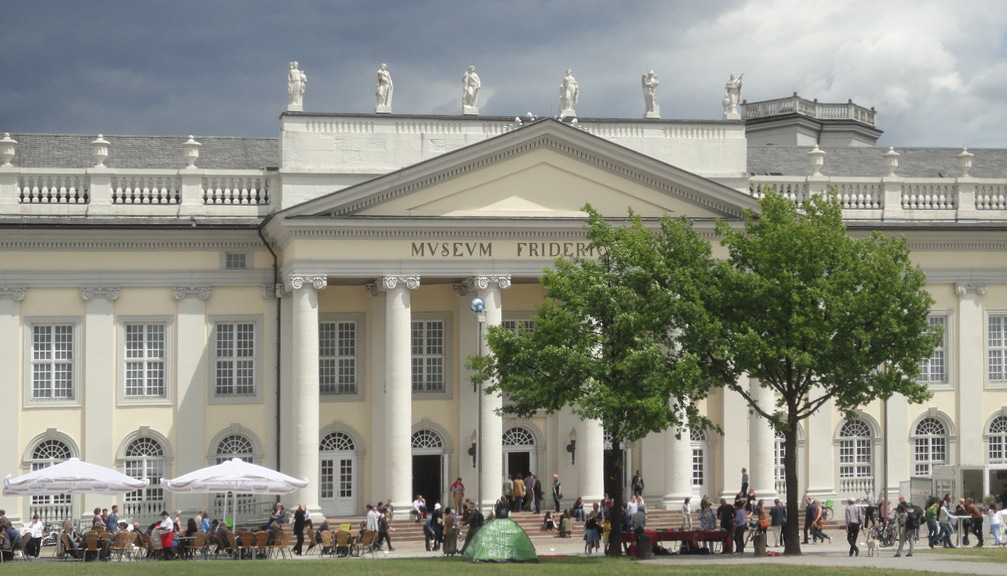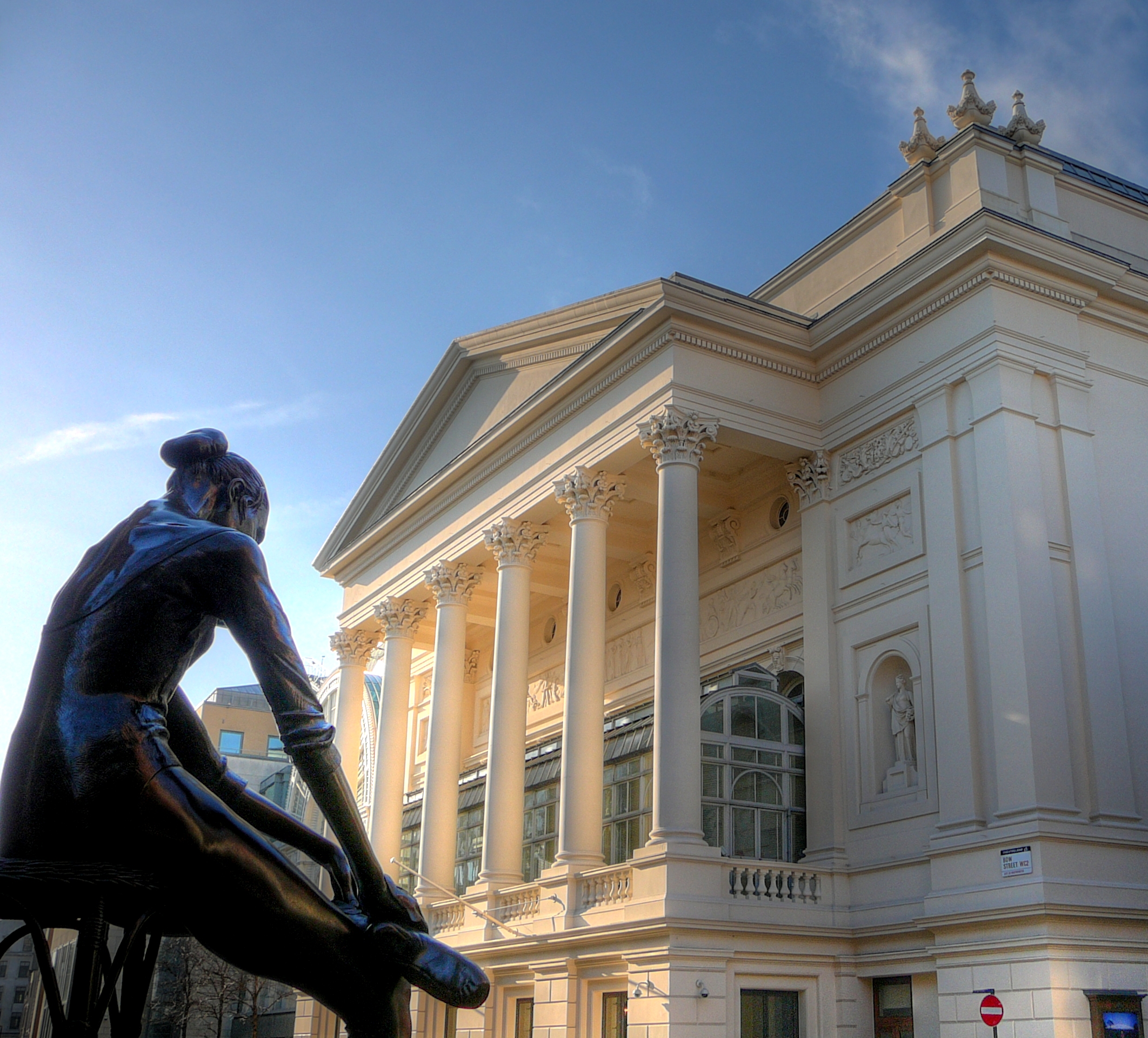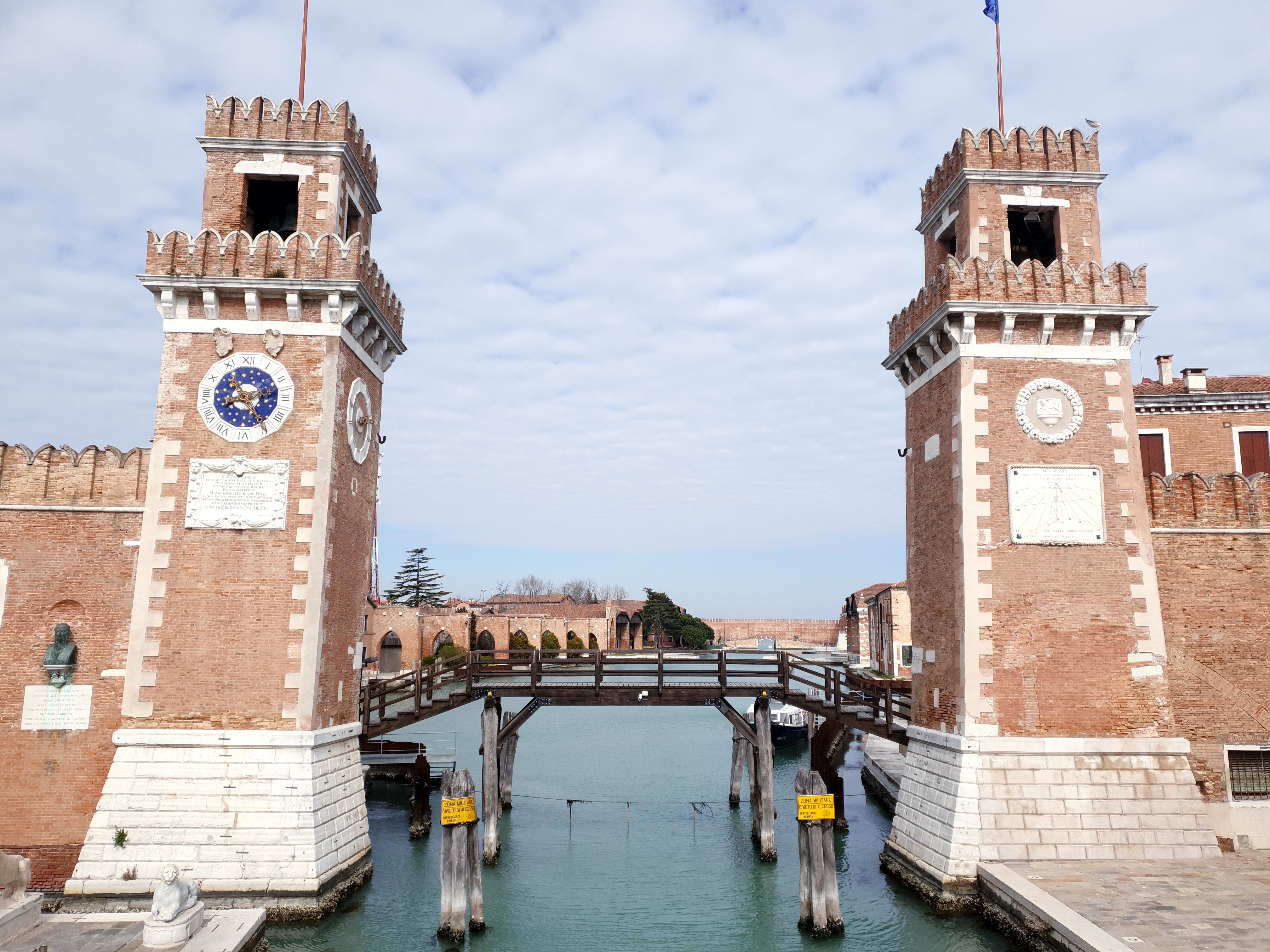|
Hito Steyerl
Hito Steyerl (born 1 January 1966) is a German filmmaker, moving image visual artist, artist, writer, and innovator of the essay documentary."Hito Steyerl" ''e-flux'', Retrieved 10 August 2014. Her principal topics of interest are media, technology, and the global circulation of images. Steyerl holds a PhD in philosophy from the Academy of Fine Arts Vienna. She has been a professor of Current Digital Media at the Academy of Fine Arts, Munich, Academy of Fine Arts in Munich since 2024. Until 2024, she was a professor of New Media Art at the Berlin University of the Arts, where she co-founded the Research Center for Proxy Politics, together with Vera Tollmann and Boaz Levin. Early life and career Steyerl was born on 1 January 1966 in Munich. Steyerl attended the Japan Institute of the ...[...More Info...] [...Related Items...] OR: [Wikipedia] [Google] [Baidu] |
Munich
Munich is the capital and most populous city of Bavaria, Germany. As of 30 November 2024, its population was 1,604,384, making it the third-largest city in Germany after Berlin and Hamburg. Munich is the largest city in Germany that is not a state of its own. It ranks as the 11th-largest city in the European Union. The metropolitan area has around 3 million inhabitants, and the broader Munich Metropolitan Region is home to about 6.2 million people. It is the List of EU metropolitan regions by GDP#2021 ranking of top four German metropolitan regions, third largest metropolitan region by GDP in the European Union. Munich is located on the river Isar north of the Alps. It is the seat of the Upper Bavaria, Upper Bavarian administrative region. With 4,500 people per km2, Munich is Germany's most densely populated municipality. It is also the second-largest city in the Bavarian language, Bavarian dialect area after Vienna. The first record of Munich dates to 1158. The city ha ... [...More Info...] [...Related Items...] OR: [Wikipedia] [Google] [Baidu] |
Documenta
Documenta (often stylized documenta) is an Art exhibition, exhibition of contemporary art which takes place every five years in Kassel, Germany. Documenta was founded by artist, teacher and curator Arnold Bode in 1955 as part of the Bundesgartenschau (Federal Horticultural Show) which took place in Kassel at that time. It was an attempt to bring Germany up to speed with modern art, both banishing and repressing the cultural darkness of Nazism. This first Documenta featured many artists who are generally considered to have had a significant influence on modern art (such as Pablo Picasso, Picasso and Wassily Kandinsky, Kandinsky). The more recent editions of the event feature artists based across the world, but much of the art is Site-specific art, site-specific. Every Documenta is limited to 100 days of exhibition, which is why it is often referred to as the "museum of 100 days". Documenta is not a selling exhibition. Etymology ''Documenta'', an invented word, reflects the int ... [...More Info...] [...Related Items...] OR: [Wikipedia] [Google] [Baidu] |
E-flux
e-flux is a publishing platform and archive, artist project, curatorial platform, and e-mail service founded in 1998. The arts news digests, events, exhibitions, schools, journal, books, and art projects produced and/or disseminated by e-flux describe strains of critical discourse surrounding contemporary art, culture, and theory internationally. Its monthly publication, '' e-flux journal'', has produced essays commissioned since 2008 about cultural, political, and structural paradigms that inform contemporary artistic production. History In November 1998, curators Regine Basha and Christoph Gerozissis, along with artist Anton Vidokle organized the group exhibition ''The Best Surprise is No Surprise'' at the Holiday Inn in Chinatown, Manhattan. Basha, Gerozissis, and Vidokle used e-mail, then a new communication technology, to disseminate the press release for the 12-hour, all-night exhibition. The exhibition featured works by Tomoko Takahashi, Michel Auder, and Carsten Ni ... [...More Info...] [...Related Items...] OR: [Wikipedia] [Google] [Baidu] |
Chisenhale Gallery
Chisenhale Gallery is a non-profit contemporary art gallery based in London's East End. The gallery occupies the ground level of a former veneer factory on Chisenhale Road, situated in the London Borough of Tower Hamlets, near Victoria Park, Tower Hamlets, Victoria Park and flanking the Hertford Union Canal. Housed in the same building are two other distinct initiatives: Chisenhale Studios and Chisenhale Dance Space, named also for the road on which they reside. The gallery’s exhibitions are free admission. The typical structure of the annual exhibitions programme is to present up to four new solo artist commissions (e.g. one each in Spring, Summer, Autumn and Winter in a given year). The selected artists, whether based in the UK or internationally, are invited to participate as the result of curatorial research taking place in advance of an 18-month to 2-year concept development and production process. Chisenhale Gallery also has a Social Practice programme, which prioritis ... [...More Info...] [...Related Items...] OR: [Wikipedia] [Google] [Baidu] |
Fine Art
In European academic traditions, fine art (or, fine arts) is made primarily for aesthetics or creative expression, distinguishing it from popular art, decorative art or applied art, which also either serve some practical function (such as pottery or most metalwork) or is generally of limited artistic quality in order to appeal to the masses. In the aesthetic theories developed in the Italian Renaissance, the highest art was that which allowed the full expression and display of the artist's imagination, unrestricted by any of the practical considerations involved in, say, making and decorating a teapot. It was also considered important that making the artwork did not involve dividing the work between different individuals with specialized skills, as might be necessary with a piece of furniture, for example. Even within the fine arts, there was a hierarchy of genres based on the amount of creative imagination required, with history painting placed higher than still life. ... [...More Info...] [...Related Items...] OR: [Wikipedia] [Google] [Baidu] |
Culture
Culture ( ) is a concept that encompasses the social behavior, institutions, and Social norm, norms found in human societies, as well as the knowledge, beliefs, arts, laws, Social norm, customs, capabilities, Attitude (psychology), attitudes, and habits of the individuals in these groups.Tylor, Edward. (1871). ''Primitive Culture''. Vol 1. New York: J. P. Putnam's Son Culture often originates from or is attributed to a specific region or location. Humans acquire culture through the learning processes of enculturation and socialization, which is shown by the diversity of cultures across societies. A cultural norm codifies acceptable conduct in society; it serves as a guideline for behavior, dress, language, and demeanor in a situation, which serves as a template for expectations in a social group. Accepting only a monoculturalism, monoculture in a social group can bear risks, just as a single species can wither in the face of environmental change, for lack of functional respo ... [...More Info...] [...Related Items...] OR: [Wikipedia] [Google] [Baidu] |
Globalization
Globalization is the process of increasing interdependence and integration among the economies, markets, societies, and cultures of different countries worldwide. This is made possible by the reduction of barriers to international trade, the liberalization of capital movements, the development of transportation, and the advancement of information and communication technologies. The term ''globalization'' first appeared in the early 20th century (supplanting an earlier French term ''mondialisation''). It developed its current meaning sometime in the second half of the 20th century, and came into popular use in the 1990s to describe the unprecedented international connectivity of the Post–Cold War era, post–Cold War world. The origins of globalization can be traced back to the 18th and 19th centuries, driven by advances in transportation and communication technologies. These developments increased global interactions, fostering the growth of international trade and the exc ... [...More Info...] [...Related Items...] OR: [Wikipedia] [Google] [Baidu] |
Mass Media
Mass media include the diverse arrays of media that reach a large audience via mass communication. Broadcast media transmit information electronically via media such as films, radio, recorded music, or television. Digital media comprises both Internet and mobile mass communication. Internet media comprise such services as email, social media sites, websites, and Internet-based radio and television. Many other mass media outlets have an additional presence on the web, by such means as linking to or running TV ads online, or distributing QR codes in outdoor or print media to direct mobile users to a website. In this way, they can use the easy accessibility and outreach capabilities the Internet affords, as thereby easily broadcast information throughout many different regions of the world simultaneously and cost-efficiently. Outdoor media transmits information via such media as augmented reality (AR) advertising; billboards; blimps; flying billboards (signs in tow of airpl ... [...More Info...] [...Related Items...] OR: [Wikipedia] [Google] [Baidu] |
Human Migration
Human migration is the movement of people from one place to another, with intentions of settling, permanently or temporarily, at a new location (geographic region). The movement often occurs over long distances and from one country to another (external migration), but internal migration (within a single country) is the dominant form of human migration globally.World Migration Report' Migration is often associated with better human capital at both individual and household level, and with better access to migration networks, facilitating a possible second move. It has a high potential to improve human development, and some studies confirm that migration is the most direct route out of poverty. Age is also important for both work and non-work migration. People may migrate as individuals, in family units or in Mass migration, large groups. There are four major forms of migration: invasion, conquest, colonization and emigration/immigration. People moving from their home due to force ... [...More Info...] [...Related Items...] OR: [Wikipedia] [Google] [Baidu] |
Militarization
Militarization, or militarisation, is the process by which a society organizes itself for military conflict and violence. It is related to militarism, which is an ideology that reflects the level of militarization of a state. The process of militarization involves many interrelated aspects that encompass all levels of society. Geopolitical The perceived level of threat influences what potential for violence or warfare the state must achieve to assure itself an acceptable level of security. When the perceived level of threat is low, as with Canada, a country may have a relatively small military and level of armament. However, in Israel, the threat of attack from neighbouring countries means that the armed forces and defense have a high profile and are given significant funding and personnel. This threat may involve the: :* Balance of power of neighboring states :*Terrorism, rogue states, weapons of mass destruction and state terrorism :*Threats to state interests, such as pol ... [...More Info...] [...Related Items...] OR: [Wikipedia] [Google] [Baidu] |
Arsenale
The Venetian Arsenal () is a complex of former shipyards and armories clustered together in the city of Venice in northern Italy. Owned by the state, the Arsenal was responsible for the bulk of the Venetian Republic's naval power from the Late Middle Ages to the early modern period. It was "one of the earliest large-scale industrial enterprises in history". Overview Construction of the Arsenal began around 1104, during Venice's republican era. It became the largest industrial complex in Europe before the Industrial Revolution, spanning an area of about , or about 15 percent of Venice.Giove, S., Rosato, P. & Breil, M.A multicriteria approach for the evaluation of the sustainability of re-use of historic buildings in Venice" ''Sustainability indicators and environmental valuation paper - Fondazione Eni Enrico Mattei.'' October 2008. Accessed 30 January 2010. Surrounded by a rampart, laborers and shipbuilders regularly worked within the Arsenal, building ships that sailed from ... [...More Info...] [...Related Items...] OR: [Wikipedia] [Google] [Baidu] |





.jpg)
